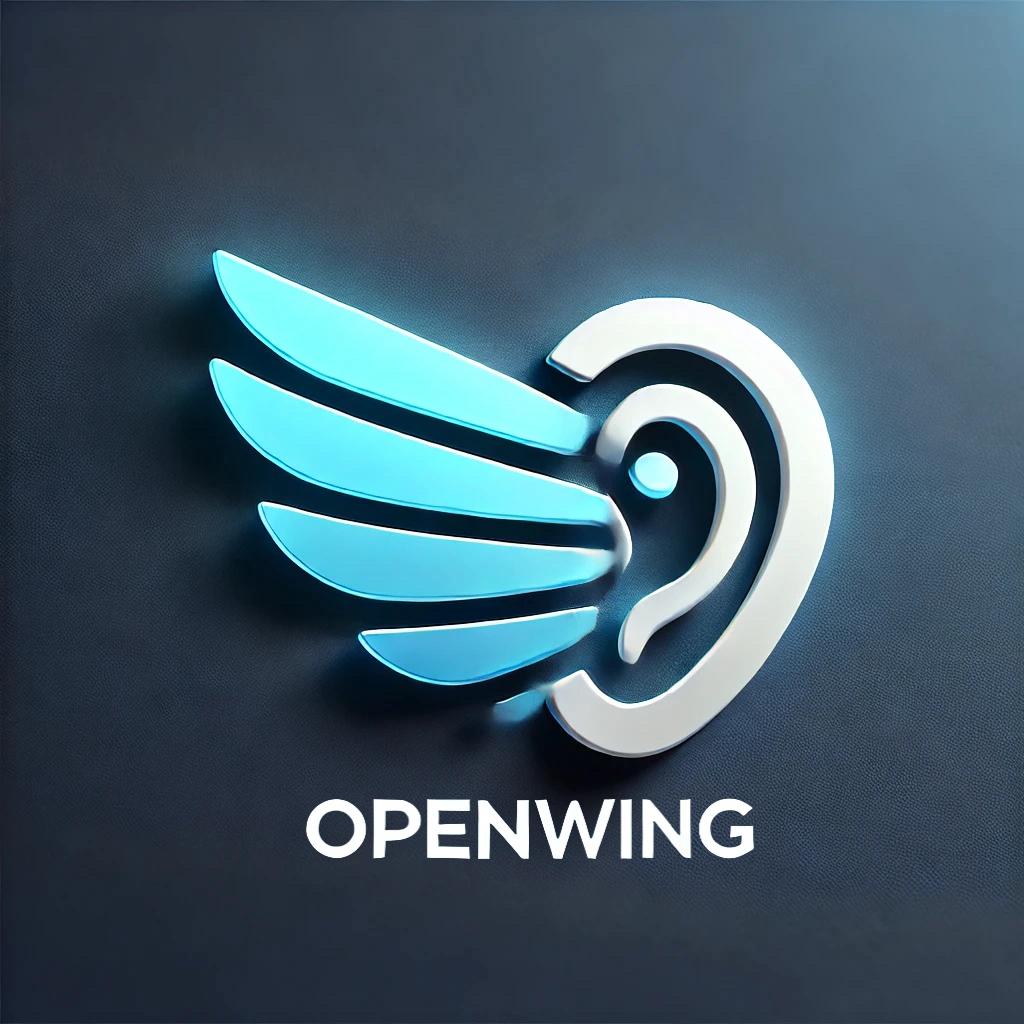As global challenges mount, the agriculture sector is navigating transformative waves brought about by climate change, a burgeoning world population, and dwindling natural resources such as water and arable land. To adapt, the industry is turning to technological advancements aimed at enhancing productivity and sustainability. Trends like precision agriculture, digitalization, and the implementation of robotics are at the forefront of this shift, according to insights from HELUKABEL GmbH.
Oliver Adler, who serves as both area sales manager and global segment manager at HELUKABEL, a company based in Hemmingen, Germany, provides an in-depth look at emerging agricultural technologies. He explores their capabilities, potential benefits, and the challenges still hindering widespread adoption.
The Rise of Robotics in Agriculture
Robots are increasingly cementing their place as invaluable assets on farms and in barns, undertaking roles such as weeding, seeding, manure management, and milking operations. These machines often outperform humans in terms of efficiency, precision, and cost-effectiveness. Coupled with AI-driven systems, they possess the ability to make swift, real-time decisions, thereby enhancing their effectiveness.
“The integration of robotics is proving to be an immense benefit for the agricultural sector,” Adler explains. “The industry is confronted with a growing shortage of skilled labor. Robots present a viable solution, offering round-the-clock operation with consistent quality of output.”
Despite their advantages, there is hesitancy among some farmers to embrace robotic assistance. The technology also faces regulatory challenges, notably laws governing the use of autonomous machinery in open fields, which remain a hotly debated topic within the industry.
Precision Agriculture: Enhancing Efficiency Through Technology
Precision agriculture represents a cornerstone of modern farming technologies, leveraging digital tools and data analytics to fine-tune agricultural processes. Utilizing GPS, sensors, and drones, farmers collect extensive data on soil conditions, moisture levels, and crop health.
“In precision farming, the advantages are evident,” says Adler. “It enables precise management of farming operations, boosting yield and performance while trimming resource use, thereby lessening environmental impact and reducing costs.”
While the initial investment in cutting-edge equipment and digital infrastructure can be costly, Adler points out that they tend to pay for themselves relatively quickly. However, the transition requires farmers to acquire new skills, such as data interpretation and tool management, although the benefits significantly outweigh these initial learning curves.
Digitalization: The Backbone of Modern Farming
The digital revolution is a key enabler for modern agricultural innovations, transforming traditional farming with sensor-laden machines and software-driven devices that continually gather and analyze data.
“One major hurdle in the digitalization of agricultural equipment is the integration of varied systems,” Adler highlights. “Uniform communication standards across manufacturers would greatly alleviate these integration challenges.”
HELUKABEL is playing a proactive role in this domain, partnering with the Agricultural Electronics Foundation (AEF) to enhance compatibility among electrical components in agricultural machinery. A pivotal aspect of this initiative is the ISOBUS standard, a global benchmark for energy and data transmission in farm machines, allowing seamless interoperability among equipment from diverse manufacturers.
Vertical Farming: Maximizing Space with Innovative Practices
With land scarcity on the rise, vertical farming emerges as a promising solution, enabling agricultural activity in atypical urban settings. This method uses vertical stacking in controlled environments, converting urban spaces into year-round production centers via climate-independent systems equipped with intelligent lighting, automated watering, and fertilization.
“Vertical farming is redefining crop production, optimizing space while cutting water usage by up to 95% compared to conventional methods,” notes Adler. Nonetheless, this advanced approach requires substantial investments in technology and a consistent energy supply.
Agrivoltaics: Harvesting Solar Energy Alongside Crops
Agrivoltaics, which combines agriculture with solar power production, is gaining traction. It involves installing solar panels over fields, empowering farmers to generate energy while cultivating crops underneath. This method not only boosts resource efficiency but also shields plants from excessive heat, offering potential benefits for power-strapped regions.
HELUKABEL’s SOLARFLEX cables, tailored for solar module wiring, withstand environmental adversities, including UV exposure and rodent interference, underscoring their robustness for agricultural applications.
Charting a New Course for Agriculture with Technological Innovation
The agriculture industry stands at a pivotal juncture, where the adoption of technologies such as precision farming, robotics, and vertical farming offers pathways to confronting growing global challenges. HELUKABEL emphasizes that while the initial adoption of these technologies involves significant investment, the long-term gains in efficiency and sustainability make them worthwhile.
Through its commitment to providing specialized electrical connectivity solutions, HELUKABEL positions itself as a key partner in this agricultural transformation, laying the groundwork for a future-ready industry. By harnessing the power of electrification, digitalization, and automation, the sector is poised to not only meet present-day demands but to thrive amid future challenges.


